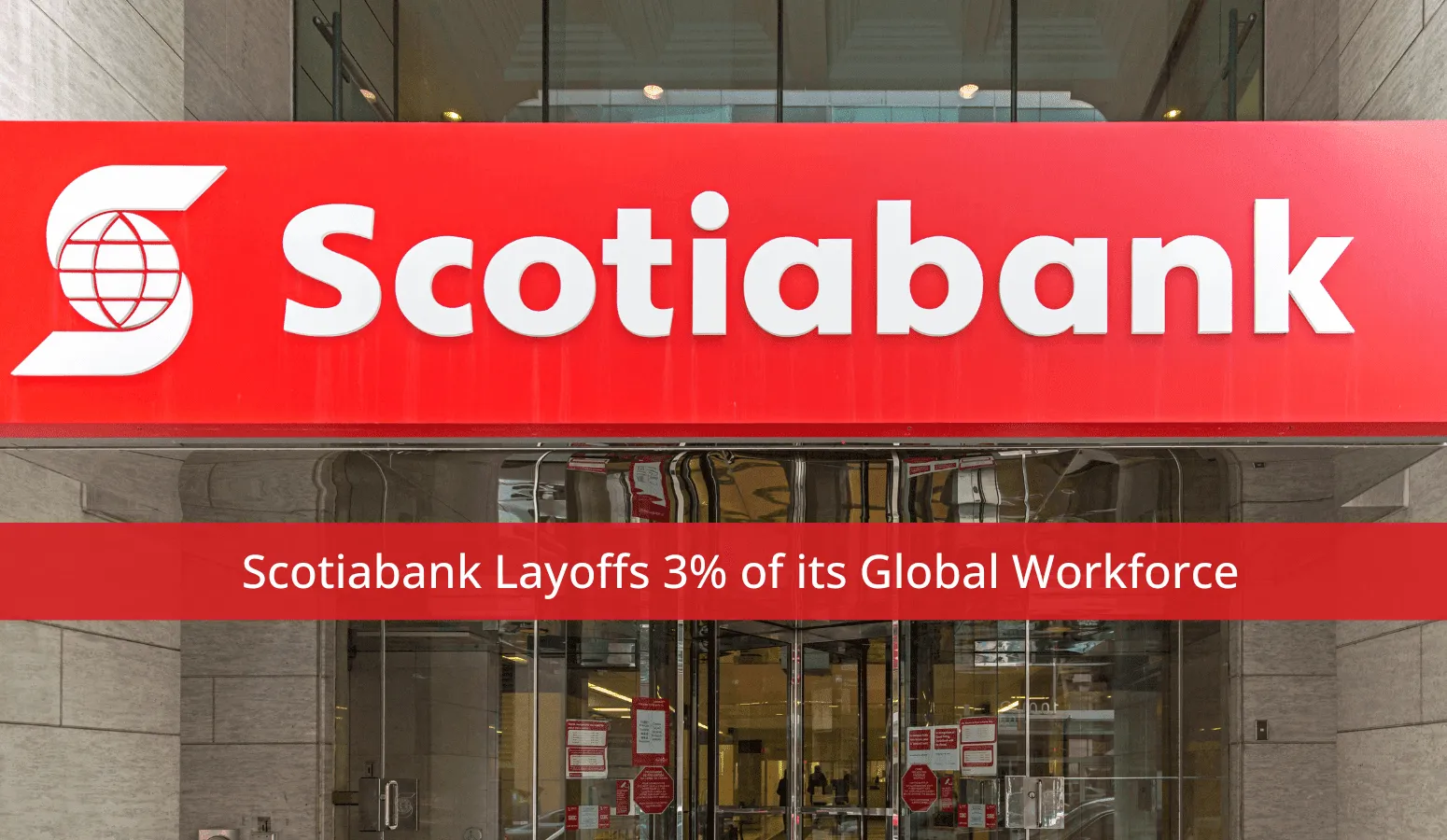
In an increasingly competitive global financial environment, even well-established banks like Scotiabank are adjusting their strategic priorities to navigate market dynamics. Recently, one of the most notable moves has been the significant reduction in the investment banking workforce across key regions, particularly the United States and Asia Pacific. This shift underscores a broader reevaluation of investment banking operations amid economic fluctuations, regulatory changes, and changing client demands. In this blog, we delve into the details of these staffing cuts, the motivations behind them, and the potential implications for the broader financial landscape.
Details of Staff Reductions
The Scale and Scope of Layoffs
According to reports from Mint, Scotiabank has announced a substantial downsizing of its investment banking division in both the US and Asia Pacific regions. The layoffs are part of a strategic realignment aimed at optimizing operational efficiency and reallocating resources toward more profitable or emerging sectors.
While exact numbers are not publicly disclosed, industry insiders suggest that dozens of investment bankers and related staff have been impacted. These cuts are particularly focused on senior bankers and deal teams involved in mergers and acquisitions, capital markets, and advisory services. The waves of layoffs reflect the bank’s efforts to streamline its operations amid a subdued deal flow and cautious market outlook.
Regional Focus and Impact
The US market, traditionally a lucrative arena for global banks, has seen a noticeable contraction in Scotiabank’s investment banking footprint. Similarly, the Asia Pacific wing, which has been a key growth driver for many North American and European institutions, now faces workforce reductions. This dual-region approach indicates a strategic recalibration rather than a mere retrenchment.
The impact on staff varies from restructuring redundancies to potential relocations or role shifts. Staff morale and the morale of remaining team members could be affected, highlighting the need for transparent communication and support mechanisms during such transitions.
Reasons Behind the Downsizing
Market Dynamics and Economic Uncertainty
- Slowing Deal Activity: The global deal-making environment has experienced a decline, particularly in high-profile mergers and acquisitions, due to economic slowdown concerns, geopolitical tensions, and uncertain regulatory climates.
- Reduced Client Demand: Many corporations and institutional clients are exercising caution in their investment and expansion plans, reducing the volume of capital raising and advisory opportunities.
- Profitability Pressures: Investment banking is highly sensitive to market conditions; declining deal flow directly affects revenue, prompting firms to reassess their staffing levels to maintain profitability.
Strategic Focus Shift
- Reallocation of Resources: Banks are increasingly channeling their resources into more lucrative or innovative segments such as asset management, technology, and sustainable finance.
- Digital Transformation: Emphasis on automation, data analytics, and digital platforms allows some functions to be streamlined, reducing the need for extensive human resources within traditional investment banking practices.
- Competitor Movements: The competitive landscape has evolved with new entrants and consolidation among existing players, influencing how banks structure their investment divisions.
Implications for the Bank and Industry
Impact on Scotiabank’s Market Position
While the layoffs mark a challenging phase for Scotiabank’s investment banking division, they could be part of a longer-term strategy to enhance resilience and profitability. By downsizing in regions where deal activity is limited, the bank may aim to consolidate its strengths in more active or profitable markets.
Broader Industry Trends
Scotiabank’s move is reflective of a larger trend among global banks rethinking their investment banking operations. Many are adopting leaner models, focusing on specific sectors, and leveraging technology to compete effectively in a heightened regulatory and economic environment.
Potential Opportunities Post-Staff Reduction
- Focus on Core Strengths: Reduced workforce could allow the bank to hone its core competencies and specialize in high-margin advisory services.
- Innovation and Technology: Investment in technological infrastructure could lead to increased efficiency and new revenue streams.
- Market Adaptability: A leaner organization can adapt more swiftly to market changes, positioning itself better for emerging opportunities.
Future Outlook
The decision by Scotiabank to cut back on investment banking staffing signals a strategic response to current challenges but also underscores the evolving nature of the industry. As global economies navigate uncertainties and digital transformation accelerates, banks will likely continue to restructure their operations.
In the coming months, observers will closely watch how these changes influence Scotiabank’s performance and competitive positioning. Success will depend on the bank’s ability to orchestrate a smooth transition for affected employees, identify new growth opportunities, and adapt to the evolving landscape of global investment banking.
Conclusion
Overall, the reduction of investment banking staff by Scotiabank across the US and Asia Pacific is emblematic of a broader industry adjustment aimed at maintaining relevance and profitability in turbulent times. While challenging in the short term, strategic realignments such as these could set the stage for a more resilient and innovative future for the bank and its stakeholders.
For more updated news please keep visiting Prime News World.








